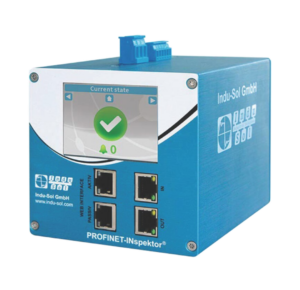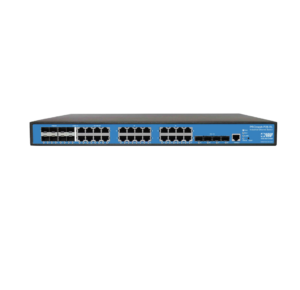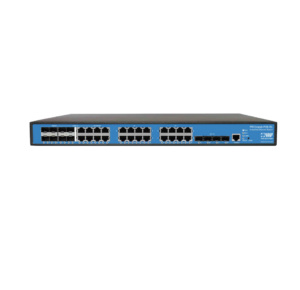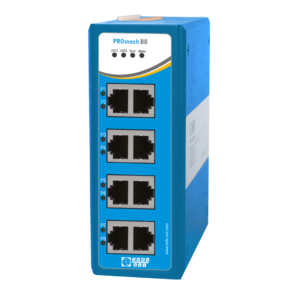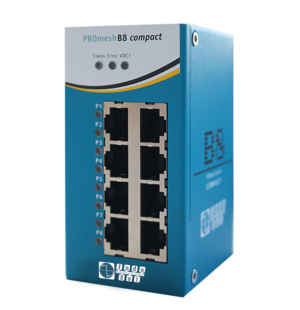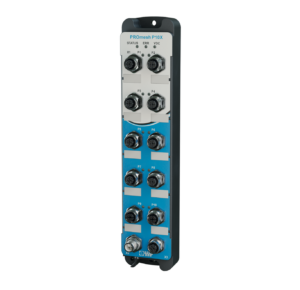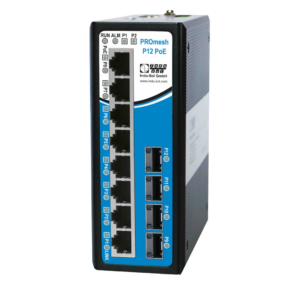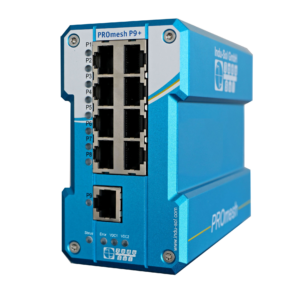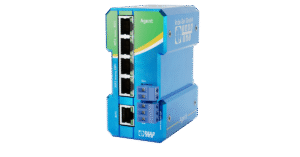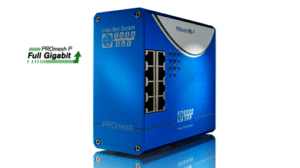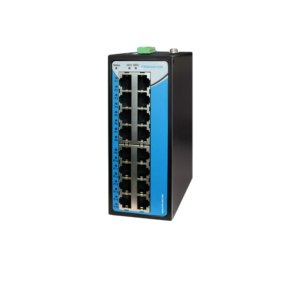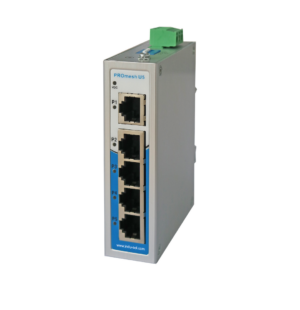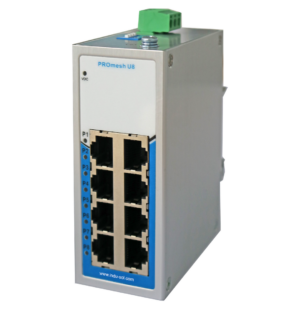Network Switches
På Lindh Automation förstår vi vikten av robusta och pålitliga nätverkslösningar. Våra nätverksswitchar är utformade för att möta och överträffa er verksamhets unika krav, oavsett om det gäller industri, kontor eller datorhallar. I vårt utbud hittar ni switchar som uppgraderar ert nätverk och stärker ert företag. Välj Lindh Automation för att ta ert nätverk till en ny nivå.
This is how a network switch works
En nätverksswitch fungerar som ett centralt nav som förbinder enheter som datorer, servrar och skrivare inom ett nätverk. Switchen använder MAC-adresser för att identifiera varje enhets nätverksgränssnitt och kan på så sätt effektivt skicka vidare inkommande data till rätt mottagare, vilket förebygger kollisioner och optimerar nätverkets prestanda. Vilken switch man väljer (managed, unmanaged eller smart switch) beror på användningsområdet, eftersom de ger olika nivåer av konfigurationsmöjligheter och nätverkshantering.
Features of Profinet Switches
- Trafikhantering: Switchar analyserar inkommande paket och fastställer deras destination så att de kan vidarebefordras till rätt port. Det minskar onödig trafik och ökar nätverkets effektivitet.
- Segmentering: Uppdelning av nätverket i virtuella lokala nätverk (VLAN) separerar nätverkstrafiken, vilket ger förbättrad säkerhet och prestanda eftersom kollisionsdomänerna blir mindre.
- Kvalitetsgaranti (QoS): Genom att prioritera trafiken säkerställs att viktiga applikationer, som röstsamtal över internet (VoIP) eller streaming, får tillräcklig bandbredd för att fungera.
- Säkerhet: Med funktioner som accesskontrollistor och portbaserad säkerhet skyddas nätverket mot obehörig åtkomst och attacker.
Power over Ethernet (PoE)
PoE-tekniken gör det enklare att installera nätverksenheter eftersom strömförsörjning och dataöverföring sker via samma kabel. Därmed behövs ingen separat strömkälla, vilket är särskilt användbart för enheter som IP-kameror och trådlösa accesspunkter.
Managed eller unmanaged switch?
Managed switch: En switch med avancerade konfigurationsalternativ som lämpar sig för komplexa nätverk där nätverksprestandan måste finjusteras.
Unmanaged switch: En plug-and-play-lösning som lämpar sig väl för enklare nätverk där ingen konfiguration krävs.
Router och fiber
En router kopplar ihop nätverk, till exempel genom att förbinda ett lokalt nätverk (LAN) med internet, och styr trafiken baserat på IP-adresser. Routrar ska inte förväxlas med nätverksswitchar.
Nätverksswitchar med fiberoptik möjliggör snabb och säker dataöverföring över långa avstånd utan elektromagnetiska störningar. Det är oumbärligt för dataintensiva miljöer och applikationer.
What is required of switches for industrial use?
Nätverksswitchar som används inom industrin måste vara anpassade till den typen av miljöer och klara utmaningar som extrema temperaturer, vibrationer och elektromagnetiska störningar. De bör också stödja industriella kommunikationsprotokoll som PROFINET och PROFIBUS för att produktionsmiljöns olika enheter och system ska kunna integreras och kommunicera med varandra. Utöver detta är säkerhet och robusthet två viktiga aspekter, där stöd för QoS och VLAN säkrar optimal prestanda och skydd mot obehörig åtkomst.
Med fokus på innovation och tekniskt kunnande hjälper vi våra kunder att bygga driftsäkra nätverk som understödjer deras verksamhet idag och i framtiden. Kontakta oss p Lindh Automation för mer information om våra produkter och hur vi kan hjälpa ert företag med era unika nätverksbehov.


